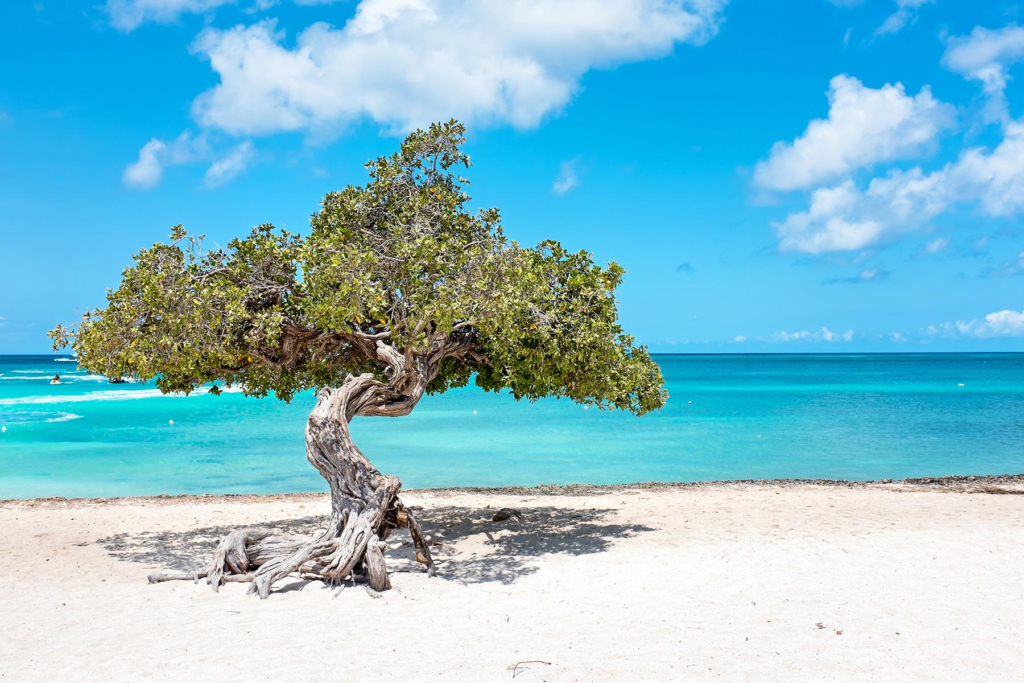Aruba Weather: Your Ultimate Guide to Caribbean Climate
Aruba, often referred to as “One Happy Island,” is a Caribbean paradise known for its white sandy beaches, crystal-clear waters, and year-round sunshine. Whether you’re a seasoned traveler to this tropical haven or planning your first visit, understanding Aruba weather is essential for making the most of your time in this idyllic part of the Caribbean. In this article, we’ll explore the intricacies of Aruba’s weather, providing you with valuable insights to help you plan your dream vacation effectively.
Aruba’s Climate Overview
To fully appreciate Aruba weather, it’s essential to understand the island’s climate. Aruba enjoys a tropical maritime climate characterized by consistent trade winds, warm temperatures, and a distinct dry season.

Seasonal Changes in Aruba Weather
Aruba Weather in Spring
Spring, from March to May, is a delightful season in Aruba. As temperatures gradually rise, the island’s landscapes come alive with colorful blooms and lush vegetation. Spring is an ideal time for outdoor activities, including beachcombing, snorkeling, and exploring Aruba’s natural wonders.
Aruba Weather in Summer
Summer in Aruba, extending from June to August, is characterized by warm temperatures and the lowest humidity levels of the year. It’s the peak season for beach lovers, with opportunities for swimming, sunbathing, and water sports. The island’s vibrant nightlife and festivals are in full swing during this time.
Aruba Weather in Fall
Fall, from September to November, brings slightly warmer temperatures and a slight increase in humidity. While Aruba is typically outside the hurricane belt, the fall months are considered the peak of hurricane season in the Caribbean. However, Aruba is known for its relatively low risk of hurricanes.
Aruba Weather in Winter
Winter in Aruba, from December to February, is characterized by warm and pleasant temperatures. It’s a popular season for travelers seeking to escape colder climates. Winter is ideal for exploring Aruba’s cultural attractions, hiking in the Arikok National Park, and enjoying water activities without the intense heat of summer.
Average Aruba Weather Conditions
Aruba Temperatures
Aruba experiences warm temperatures year-round. Average high temperatures range from 85°F (29°C) in January to 89°F (32°C) in August. Low temperatures vary from 75°F (24°C) in January to 79°F (26°C) in August, highlighting the overall warmth of the climate.
Aruba Precipitation
Precipitation patterns in Aruba are influenced by its tropical maritime climate. The island experiences a distinct dry season from January to September, with occasional brief showers. The wetter season occurs from October to December, with slightly more rainfall.
Aruba Humidity
Humidity levels in Aruba are relatively low year-round, typically ranging from 65% to 80%. The consistently pleasant humidity levels contribute to the island’s comfortable atmosphere.

Planning Your Activities According to Aruba Weather
Understanding the nuances of Aruba weather is crucial for planning your activities. Whether you’re interested in summer beach days, fall adventures, winter escapes, or springtime relaxation, Aruba offers a range of experiences in every season.
Aruba weather plays a significant role in shaping the island’s character and the experiences it offers. Armed with this knowledge, you can make informed decisions when planning your dream vacation in this Caribbean paradise. Whether you’re embracing the warmth of summer, the pleasantness of winter, or the beauty of the shoulder seasons, Aruba welcomes you with open arms and a tropical climate that promises sunshine and unforgettable memories year-round.


